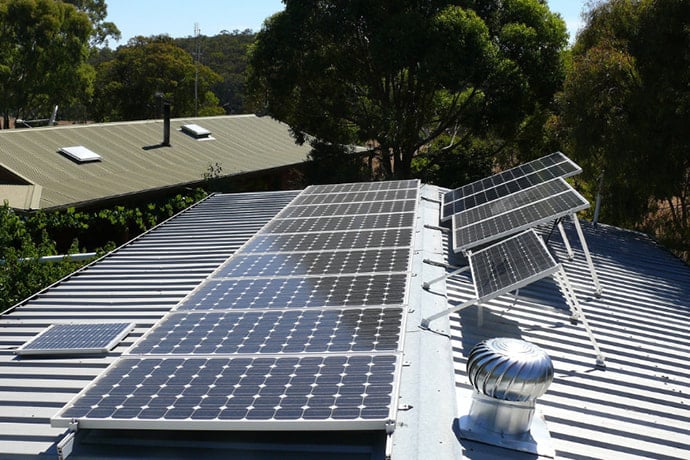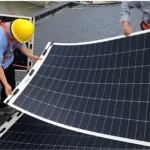Solar panels have become a beacon of hope in the search for cleaner, greener energy sources that utilize the sun’s rays to power homes and businesses. As these revolutionary technologies continue to shine in the energy sector, it is necessary to consider their impact on the environment and how to recycle solar panels, especially at the end of their life cycle.
What happens at the end of a solar panel’s life?
Like all electronic devices, solar panels have a finite lifespan. Much like the cycle of life, solar panels too eventually reach their twilight years, prompting people to ponder their disposal. When the time comes for these eco-champions to retire, proper handling becomes paramount. This involves the intricate task of separating toxic substances like cadmium and lead from other materials, ensuring they steer clear of landfills. Harmful substances can contaminate soil and water.
Are solar panels recyclable?
Yes, solar panels are indeed recyclable! As solar technology advances and more people adopt this renewable energy source, the need for solar panel recycling has become increasingly apparent. When your solar panel no longer produces electricity or if you decide to replace it with newer technology, check if there is a local recycling facility that can accept and dispose of electronics responsibly and safely. A local recycling facility may hold the key to their green reincarnation. These specialized centers embrace the responsibility of safely and responsibly accepting and disposing of electronics, ensuring these renewable pioneers continue to make a positive impact even after their active years.

How to recycle solar panels?
Recycling solar panels involves a specialized process to recover valuable materials and minimize environmental impact. There are two primary methods of recycling solar panels:
3.1 Silicon-based solar panel recycling: This method involves separating the glass, metal frames, and silicon cells. At the heart of many solar panels, silicon stands tall as a recyclable hero. Silicon is a valuable material that can be reused to manufacture new solar panels or other electronic devices.
3.2 Thin-film solar panel recycling: Thin-film solar panels contain different materials, such as cadmium telluride or copper indium gallium selenide. Recycling these panels requires careful handling to extract and recycle these valuable elements.
How much does it cost to recycle solar panels?
The cost of recycling solar panels can vary depending on several factors, including the size and type of the panel and the amount of material that needs to be disposed of. In general, recycling a solar panel can cost between $25 and $50. Large-scale recycling companies can offer lower prices. Some businesses provide free or subsidized programs, which can help reduce costs even further.
Customers can use this service to return their old solar panels free of charge, and the business will handle the recycling and disposal. Recycling solar panels can minimize the quantity of garbage transported to landfills and lower costs.
The future of solar waste management
As the solar industry continues to expand, so does the need for proper waste management and recycling solutions. The International Renewable Energy Agency (IRENA) estimates that the global value of reusable resources from aging solar panels is projected to reach $450 million. Through ongoing research and development, Sungold aims to create solar panels that are more easily recyclable and environmentally friendly.
Recycling solar panels is a crucial step in ensuring a sustainable future for renewable energy. As the demand for solar technology continues to rise, it is essential to prioritize responsible end-of-life management to minimize environmental impact. By supporting solar panel recycling initiatives and choosing recyclable solar products, all people can all play a vital role in promoting a greener and more sustainable planet.
Article from: https://www.sungoldsolar.com/
For more information on solar energy click: Sungold







